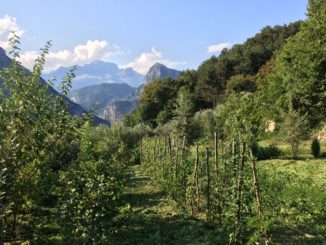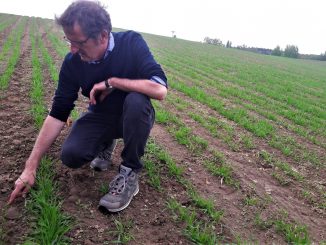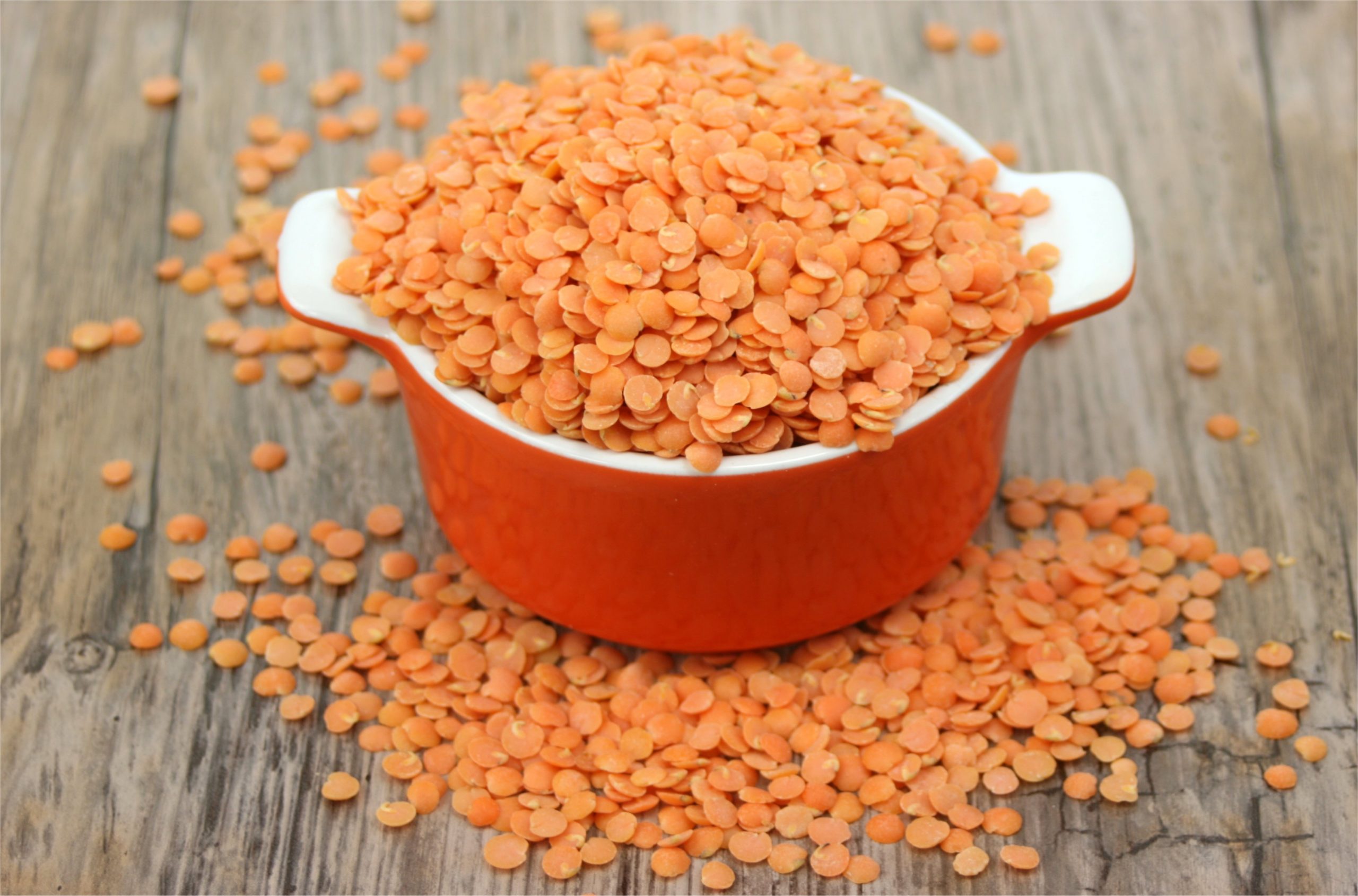
There are limits on the amounts of pesticides allowed in our food. Except, that is, where these limits get in the way of free trade. Isabella Lang calls out the EU’s anticipatory obedience to the WTO, double standards on pesticide exports, and the failure to assess the cumulative health risk of pesticides for humans.
What does not fit is made to fit
The Committee on the Environment, Public Health and Food Safety (ENVI) of the European Parliament is examining proposal made by the European Commission to change the maximum residue levels (MRL) of pesticides in or on food and feed for different substances.
For example, it is proposed the MRL for lufenuron should be increased for grapefruit (times 30) and sugar cane (times 2) in order to maintain imports from Brazil. Lufenuron, is a toxic insecticide not allowed for use in the European Union due to concerns around bioaccumulation and neurotoxic effects (among others).
The applicants mentioned potential trade disruptions as reason to increase the levels of import tolerances. Ultimately, it should remove trade barriers and allow imports to continue into the European Union.
This example is unfortunately not an exception and many more could be added.
The Munich based Umweltinstitut [environmental institute] analysed the situation for Germany and found that limit values are often adapted to the respective agricultural reality instead of public health concerns.
It is not the foods that are eaten rarest, but those that are sprayed most intensively that have the highest permitted limits in Germany.
As an example the institute mentions lentils (available in German only), where the limit was increased from 0.1 mg/kg in 2008 to 100 times, 10 mg/kg in 2012.
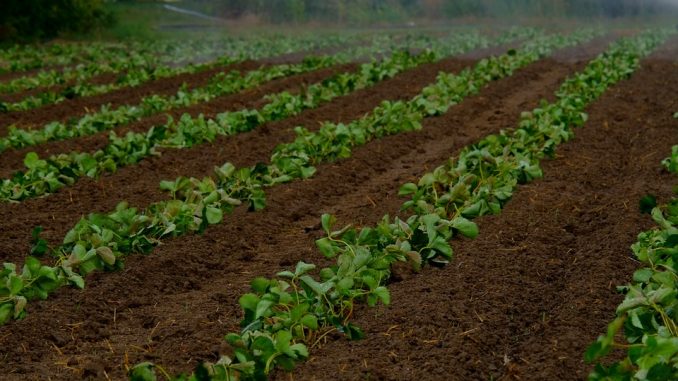
Pesticides on our plates
It is estimated that around 1,100 chemicals exist globally as plant protection products, here further referred to as pesticides. Some of them are already banned or have been replaced, some were never allowed in the EU. In April 2021, 468 active substances are approved for use in pesticides within the Union.
However, because of imports of food, feed and other raw materials from third countries, many substances banned in the EU are ending up on our plates.
At the same time, several hazardous pesticides are banned but produced in Europe, for example by Bayer-Monsanto, BASF or others, for the export to third countries. Civil society organisations call out this double standard as environmental racism and demand an export ban on toxic pesticides that are forbidden in the EU.
The application of vast amounts of chemicals ultimately leaves traces in the environment, in animals, on our food and ultimately in our bodies.
Since 2005 the Regulation on maximum residue levels of pesticides in or on food and feed is in place, aiming at harmonizing the limit values for pesticides at European level. Generally a step that most Member States and civil society welcomed back then but after more than 15 years in place, the weaknesses of this regulation are visible.
High pesticide load in spinach and animal products
In April the European Food Safety Authority (EFSA) published its yearly review of pesticide residues covering the year 2019. The analysis shows that the residue levels declined compared to the previous year with only a small number of samples exceeding the maximum levels for residues. 96.1 % of the samples were below the maximum residue levels. The number of samples with multiple pesticide residues (within the maximum limits) also decreased slightly in 2019 compared with the previous year (from 29% to 27%).
Spinach was the food identified with most of exceedance MRLs (5.6%) and the presence of up to 5 non-approved pesticides. The authority therefore suggests looking closer into the origin of these forbidden substances. Furthermore, non-approved pesticides were repeatedly found especially on apples, lettuce, peaches, spinach, strawberries, tomatoes and wine grapes.
Among the products of animal origin (i.e. chicken eggs, swine fat, honey and cattle milk) hazardous pesticides like DDT (Dichlordiphenyltrichlorethan) were the substances most frequently detected.
DDT has been banned in the EU since the 1980s but due to its non-degradability it shows extremely long persistence in the environment and accumulates in animal and human bodies. Multiple residues in animal products were reported in 238 samples (1.5%); up to seven different pesticides were reported in a single veal liver sample.
In organic food, MRL exceedance rates were more than three times lower compared to conventionally (non-organic) produced food (4.1% compared to 1.3%).
However, in terms of measurable residues, organic animal products showed a higher quantification rate in organic samples than conventional production samples (15% compared to 6%), due mainly to hexachlorobenzene, DDT and thiacloprid. This is a surprising result and EFSA asked Member States to further monitor and investigate this trend.
Most of these substances aren’t linked to the direct application of pesticides but chlorates for example are used to treat potable water.
DDT is one of farming’s most toxic legacy, detected in up to 80 % of soil samples across Europe due to its excessive use in the past century.
However, since these substances could have been used as pesticides, they fall under the scope of the pesticide MRL regulation.
According to the authorities conclusion: “the level of exposure for consumers is not likely to create a health concern”. And indeed, the amount of samples exceeding the legal limits are within the lower single digit range.
However, it is worth looking closer into this issue by asking for example how these limits are set and how they developed over time.

Trading away protection
Instead of being set or changed on the basis of health or environmental concerns, MRLs are often changed to avoid potential trade barriers.
Free trade agreements especially have led to considerable changes of these values in the past, undermining European safety standards and opening the back door for hazardous chemicals.
Documents published from the negotiations of the EU – Canada trade deal (CETA) shows clearly how import tolerances are changed to fit international trade standards but not vice versa.
With the MERCOSUR trade agreement on the horizon, EU pesticide standards are once again in the firing line. Reports that the US, China and other countries complain and threaten the European Union at the WTO for high standards are nothing new and often prevent higher ambitions when it comes to environmental protection.
However, WTO trade rules should never be a reason to stop fighting for higher ambitions or standards.
On the contrary: if the WTO doesn’t allow for improvements we have to question it fundamentally and stop proposing unambitious pesticide limits as a form of anticipatory obedience.
The current state of our planet simply doesn’t allow for flawed compromises anymore.
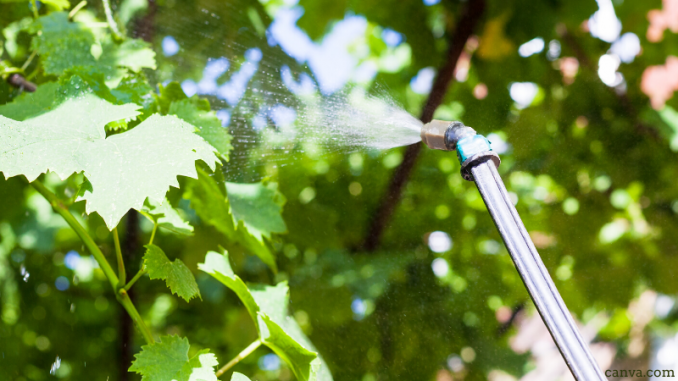
How not to measure pollution
Some other critics of the MRL regulation focus on methodological questions and processes.
Concerns about transparency and independence of MRL trial studies have been raised for several different substances.
Furthermore, the health risk to consumers is still assessed using a model that looks at the single pesticide residue one at a time. No cumulative effects are taken into account.
Only the assessment of cumulative (additive) and synergistic effects (greater than the sum of their individual effects) of pesticides and their residues would give us a realistic idea as the EFSA report shows clearly that often more than one pesticide residue is found in our food.
A number of pesticides have very similar effects and their impact on human health and the environment are likely to be greater in combination than individually.
More generally speaking, it is a fact that the amount of pesticides used in Europe and globally is not decreasing at all so it is not a big surprise that residues of these substances are in the environment.
Changing pesticide limit values doesn’t change this at all. Only a radical shift in production, processing and consumption methods can lead to a pollution free future.
More on pesticides
PAN Europe Reveals: Member States Act Against EU Pesticide Reduction
Show Me The Numbers – Commission Holding Back on Specifics re Pesticides, Fertilizers and Organics
Bayer Beware | Pressure on Pesticides as Green Deal Date Looms
350,000 Tonnes of Pesticides Sold in EU Each Year – Still No Clear Picture of the Risks
Pesticides under Pressure | EU Parliament and Progressive Places Putting Biodiversity First
Pesticides, Tear Gas and History | From WW1 to Today’s Streets



